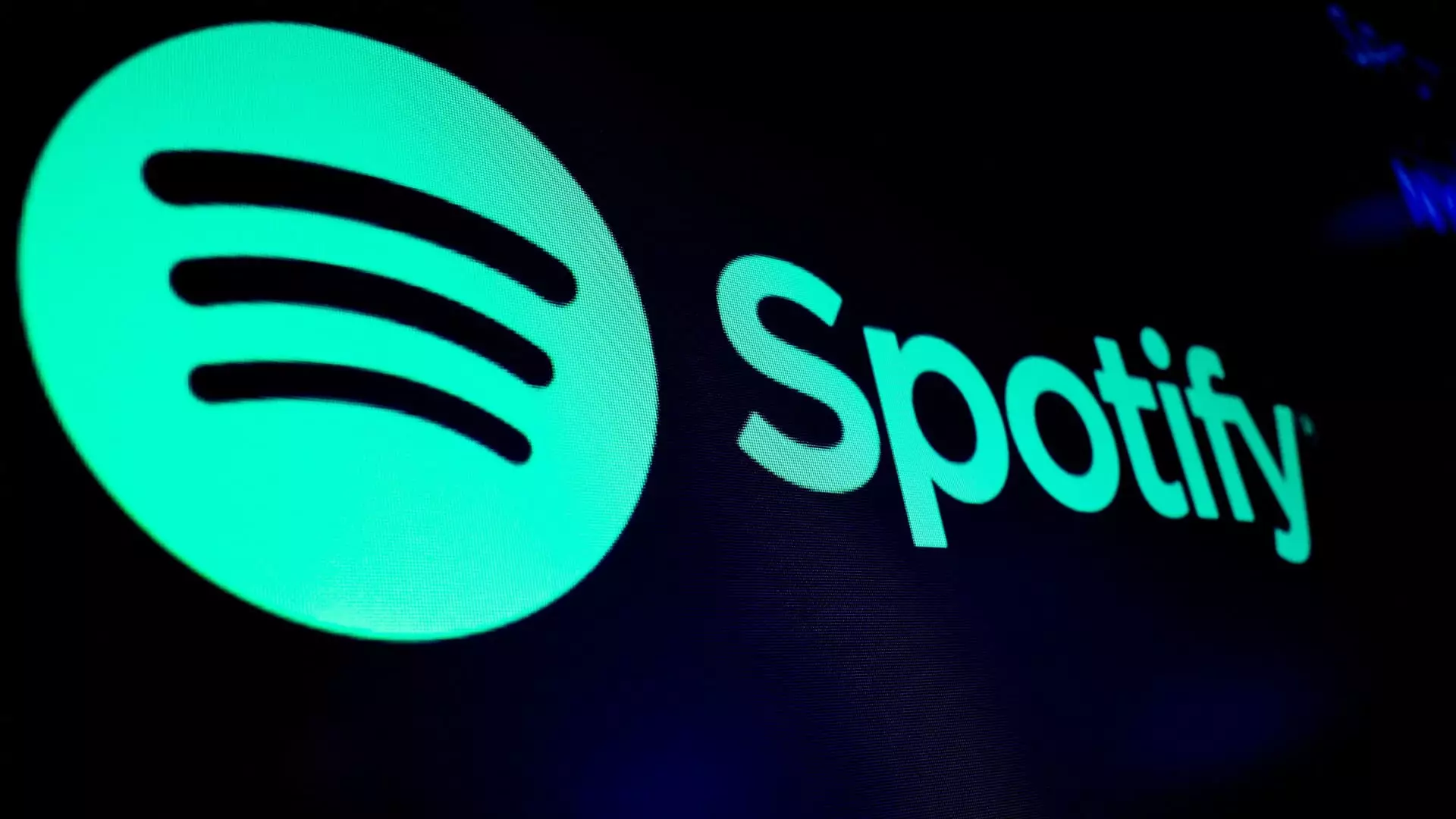In a recent development, Spotify’s shares surged by 6% following reports that the company is planning to raise prices for its premium subscription service. The American music streaming giant intends to implement this price increase in multiple markets, including the United States. This marks the second time in a year that Spotify is revising its subscription fees.
According to sources familiar with the matter cited in a Bloomberg report, Spotify is gearing up to elevate its prices by approximately $1 to $2 by the end of April in select regions like the United Kingdom, Australia, and Pakistan. The additional revenue generated from the price hikes is expected to help cover the costs associated with Spotify’s audiobook service, which offers 15 hours of listening time per month for subscribers.
Additionally, Spotify is planning to roll out a new basic subscription tier priced at $11 per month. This new tier will offer access to music and podcasts, excluding audiobooks. The introduction of this tier, priced similarly to the existing premium plan, is part of Spotify’s strategy to diversify its subscription offerings. This move is likely the initial step in a series of pricing adjustments that the company plans to introduce.
The price restructuring comes at a time when Spotify faces fierce competition from streaming services like Apple Music, Amazon Music, and YouTube Music. Despite being a prominent player in the music streaming industry, Spotify has encountered challenges in achieving profitability. Consequently, the company is exploring innovative ways to enhance revenue streams and expand its subscriber base.
While the price hike may be met with mixed reactions from current subscribers, it is evident that Spotify is taking strategic steps to strengthen its position in the market. By diversifying its subscription offerings and adjusting prices to align with the value provided, Spotify aims to enhance user experience and drive sustainable growth. As the music streaming landscape continues to evolve, it will be interesting to see how these pricing changes impact Spotify’s competitiveness and financial performance in the long run.

